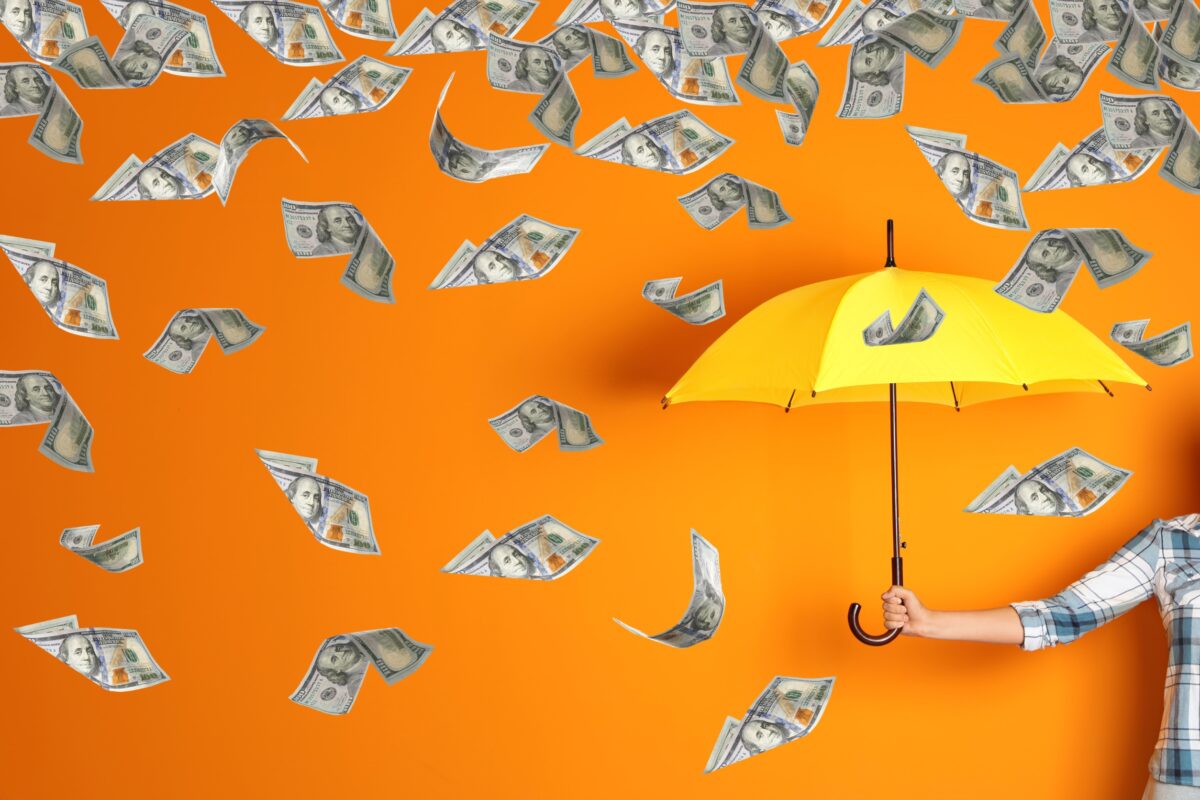How to beat inflation? Have you heard? Pay raises are finally getting more bang for their buck and are somehow the best way to beat inflation. After two years of being outpaced by inflation, wages rose more than 4% while consumer prices increased 3%.
“For the 80% of U.S. workers in nonsupervisory roles — basically anyone who reports to a manager — the wage growth was even greater,” NBC News’ Rob Wile reports. “That means the $33.58 average hourly wage for all employees — and the $28.83 average hourly wage for workers in lower-paid industries — can stretch a bit further than it did for much of the post-pandemic period.” At the same time, total inflation for all consumer items fell to 3% in June, which was “the smallest increase in more than a year. Just one year before, in June 2022, the price growth rate was a whopping 9%.
What does that mean? Marketplace suggests that the shift in pay raises versus consumer costs is a sign of a healthy economy and that this can be one of the best ways to beat inflation.
“People are bringing in more than they’re having to spend on goods in relative terms,” Eric Winograd, chief U.S. economist at the asset management company AllianceBernstein, told Marketplace. He adds that these pay raises are “good news from a household perspective, certainly, and good news from an economic growth perspective.”
But Winograd and others are warning workers not to get overly excited about their paycheck purchasing power just yet.
“It’s important to note that these gains are relative,” notes Wile. “High prices were so extreme in the pandemic and post-pandemic periods that inflation-adjusted wages have climbed only about 5 cents overall since the winter of 2019-2020.”
And then there are interest rates.
“This development is landing at a sticky time in the economy and the Federal Reserve’s knock-down-drag-out fight to tame inflation. The Fed has been laser-focused on dampening demand, and central bankers have frequently noted they’re keeping close watch on how much wage growth could stoke that demand and, in turn, inflation,” says CNN Business writer Alice Wallace. In turn, the Fed raised interest rates by another quarter point—its highest level in 22 years—at the end of July and signaled that at least one final hike could be on the horizon this fall.
Fed Chair Jerome Powell explains that a strong labor market can push supply and demand off-balance without adjustments. “We’re seeing strong spending and a strong economy, and that made us confident we can go and raise interest rates for a third time,” he says.
“The Fed does not want to repeat the mistake of the 1970s, when they stopped the tightening and inflation bounced back up,” Sung Won Sohn, professor of finance and economics at Loyola Marymount University and chief economist at S.S. Economics, told CNN Business.
It’s good news for those collecting interest with savings and investments but not-so-good news for those borrowing. “Rates for credit cards, adjustable-rate mortgages, auto and other loans are now poised to climb again. But Americans, especially seniors, are finally reaping higher bank savings yields after years of paltry returns,” USA Today explains.
So how does this all affect pay raises? We’re nowhere near the pre-pandemic glory days, but the wild car-chase of wages versus cost of living may be gradually slowing. For more insights, take a look at our previous post on Your Spendable Income Versus Inflation. And if you continue to feel like your paycheck just doesn’t measure up, a switch to a better job may be a smart move.




